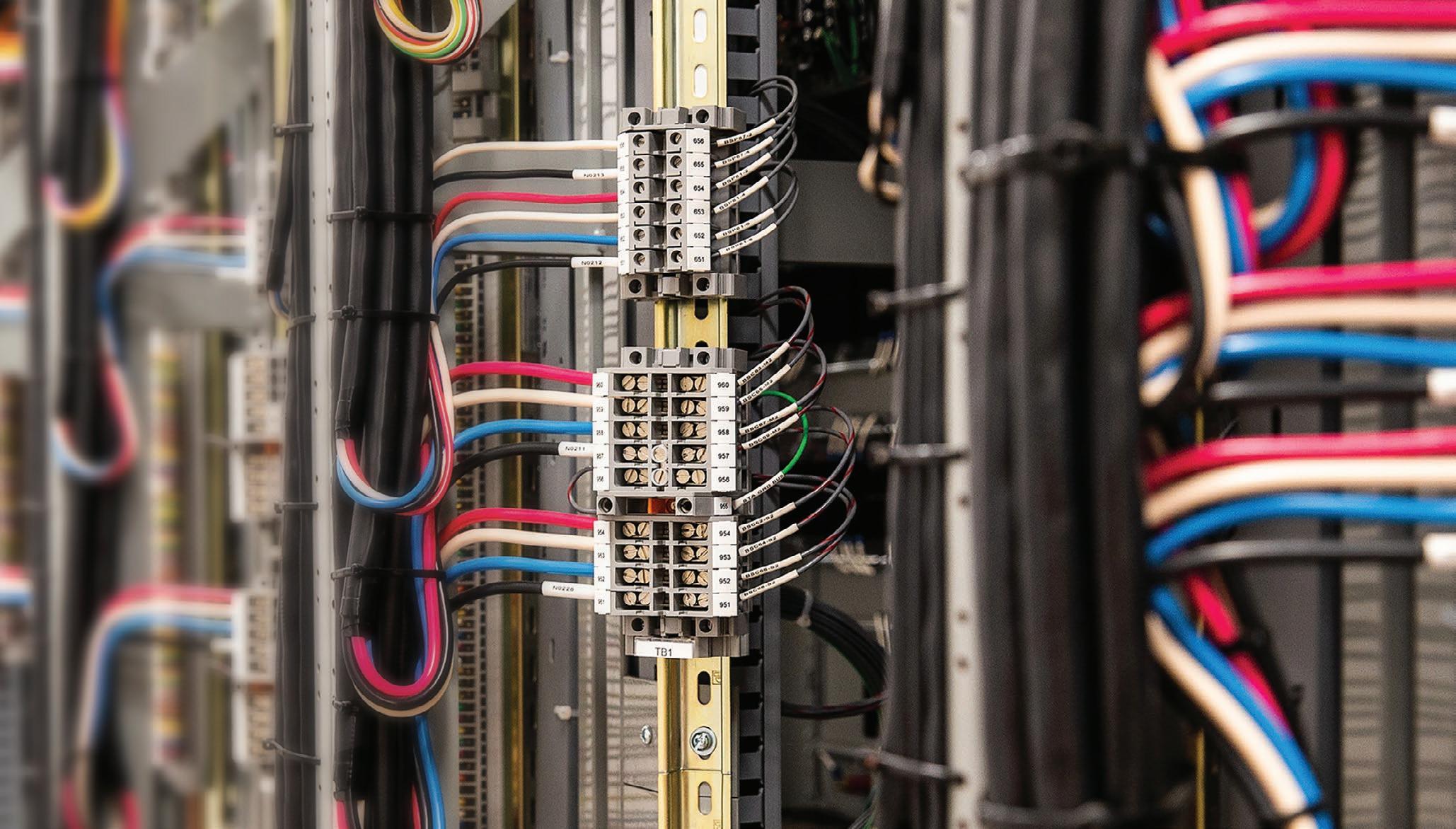
4 minute read
How Tech is Driving Wind Success Post-Pandemic
How Tech is Driving Wind Success Post-Pandemic
by Ameya Paseband
Advertisement
The global spread of COVID-19 is causing serious problems in many industries across the country. Millions of Americans have been infected with the novel virus, and countless businesses are feeling the negative impact. With authorities restricting large gatherings of people to prevent the virus’ spread, companies across industries have been forced to find new ways of keeping their businesses moving forward while still adhering to social distancing restrictions.
Despite news that renewables are outpacing coal for the first time (in terms of electricity production), many renewable energy projects are being delayed. Effects of the pandemic have dried up capital and disrupted supply chains. In fact, some 40 percent of wind and solar capacity scheduled for the rest of 2020 has been held up.
The wind energy industry specifically has been experiencing supply shortages due to the uncertainty from COVID-19. Nonetheless, many companies continue to advance their wind measurement and wind farm prospecting efforts through the use of remote sensing technologies.
Light detection and ranging (lidar) sensors have been used in wind farm measurement for more than a decade, but the pandemic is only now underscoring the essential value these remote sensors provide wind prospecting projects.

Saving time through remote sensing
Before the first turbine even starts producing energy, a significant amount of time goes into the development process; energy yield assessments begin with at least one year of wind measurement to estimate production over the lifetime of the wind farm. Because precise knowledge of the windspeed is necessary - to know how much energy will be produced, and whether the turbines will survive on the selected site - accurate wind data is crucial in the development of wind farms.
Traditionally, companies employed standard meteorological masts (met masts) to accurately gather the critical wind information to achieve maximum value from their investment. Unfortunately, deploying a met mast requires time to obtain permits, and then more time for installation. In the unprecedented times that we’re in, just securing a permit has been challenging for wind farm developers, delaying the onset of measurement by weeks or months.

Plus, as turbines grow bigger and reach higher, companies are finding that building, permitting, and installing the correspondingly high met masts and instrumentation is becoming increasingly cumbersome, risky, time-intensive, and expensive. Additionally, wind and other renewable energy projects tend to require face-to-face meetings with communities, permitting authorities, and government bodies, all of which can be difficult to arrange in the age of social distancing.
Lidar sensors measure the full wind regime and characteristics of the wind flow, including windspeed, wind direction, and turbulence. Not only are they the best method of quickly obtaining measurements, but installation can be completed in just hours. Additionally, the sensor instantly tracks wind measurements at a distance of more than 200 meters — well beyond that of a traditional met mast. Even better, because lidars are mobile, compact, and deploy in a straightforward and easy manner, if developers need to move the sensor for extra measurements, they can do so quickly and easily without requiring a permit or building a tower.
Social distancing and smaller teams with lidar
From complex terrain to demanding offshore environments, lidar sensors are easy to maneuver and set up. With social distancing requirements complicating the installation of wind measurement technologies, it’s important that organizations consider doing more with less staff. During our current health crisis, that means using fewer people on the job to increase safety and limit the spread of COVID-19.
While the installation of a traditional met mast uses upward of eight individuals (due to the more complicated assembly), installing lidar sensors for wind measurement can require as few as two trained installers. And, where met mast installation can take three days to complete, ground-based lidars for measurement of simple terrain install in just one day. Nonessential travel restrictions and the shuttering of hotels across the country have made the logistics of met mast and remote sensing installations especially challenging. However, with less staff involved in launching the lidar wind measurement tools, arranging shelter for those smaller teams becomes much easier.
At the end of the day, obtaining accurate wind information is vital in order to receive approval to finance a new development project. Utilizing remote sensing during this time enables the rapid and safe procurement of wind data needed to acquire funding and remain on schedule. Lidar’s ease of installation not only makes the process faster, it also requires fewer people to get the job done. With lidar continuing to push the industry forward in the midst of a global pandemic, the wind industry is poised for success in this new normal, and should stay on track to emerge stronger than ever.

Ameya Paseband is a Renewable Energy Engineer for Leosphere, a Vaisala company. He works on lidar applications in aviation, wind energy, and meteorology. He is also an experienced trainer who has worked with many diverse customers in over 20 countries. As a field engineer for Leosphere, he has worked on various lidar applications during all stages of a wind project.



